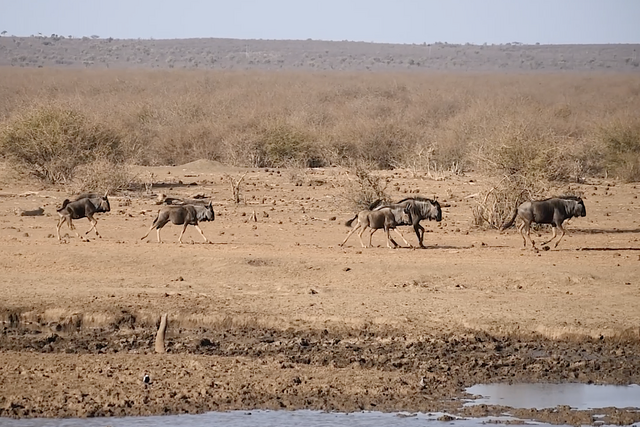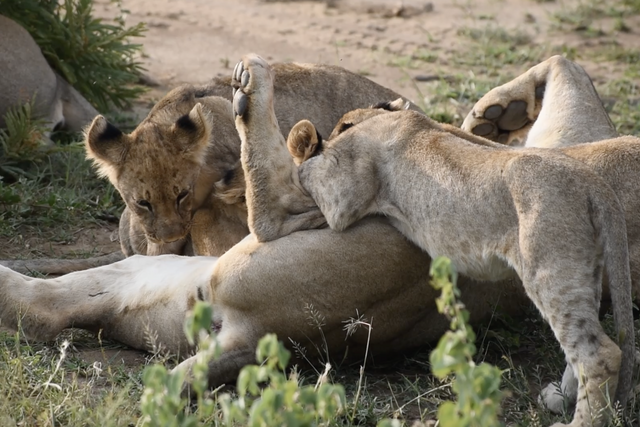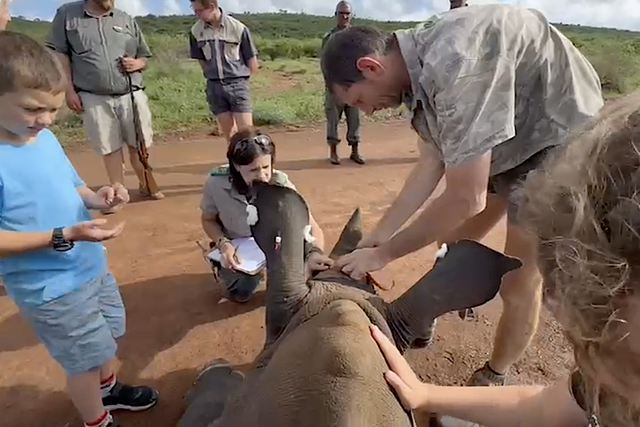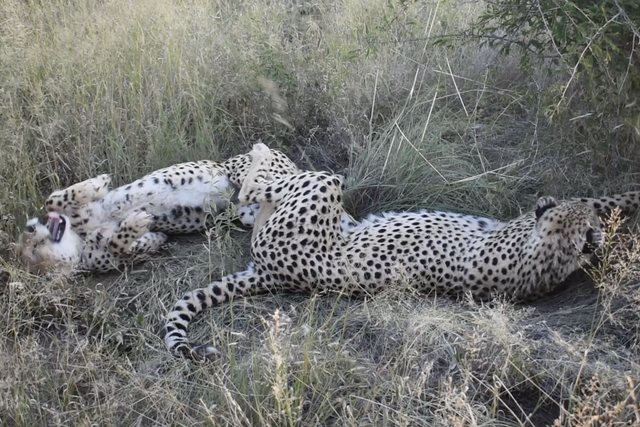Visiting the female cheetahs in the "Lion's Boma"
Three days ago was the World Cheetah Day. This is an ideal moment to visit our three female cheetahs. They are located in the north of Madikwe Reserve in a boma and will soon be released. How is the adaptation process going, and what are the chances of a successful life for them in freedom?
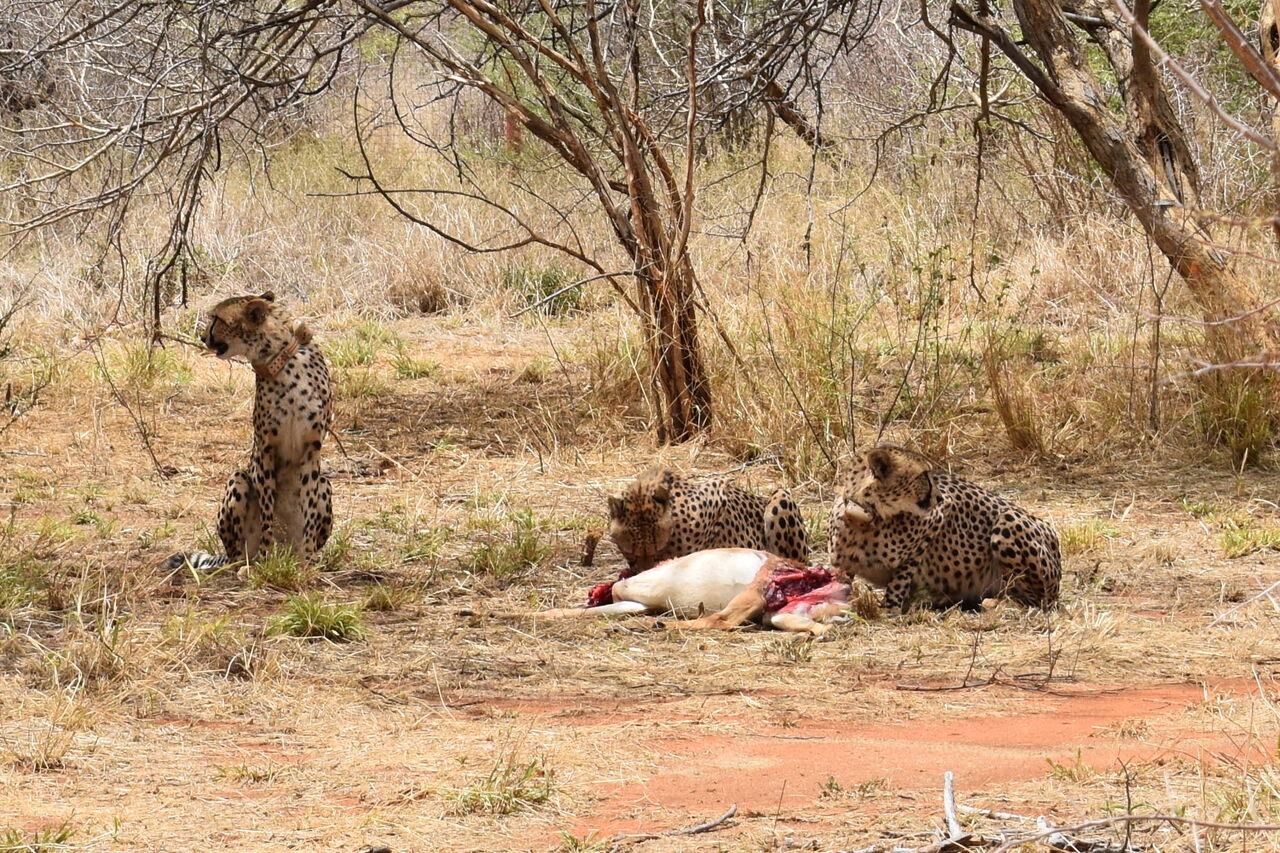
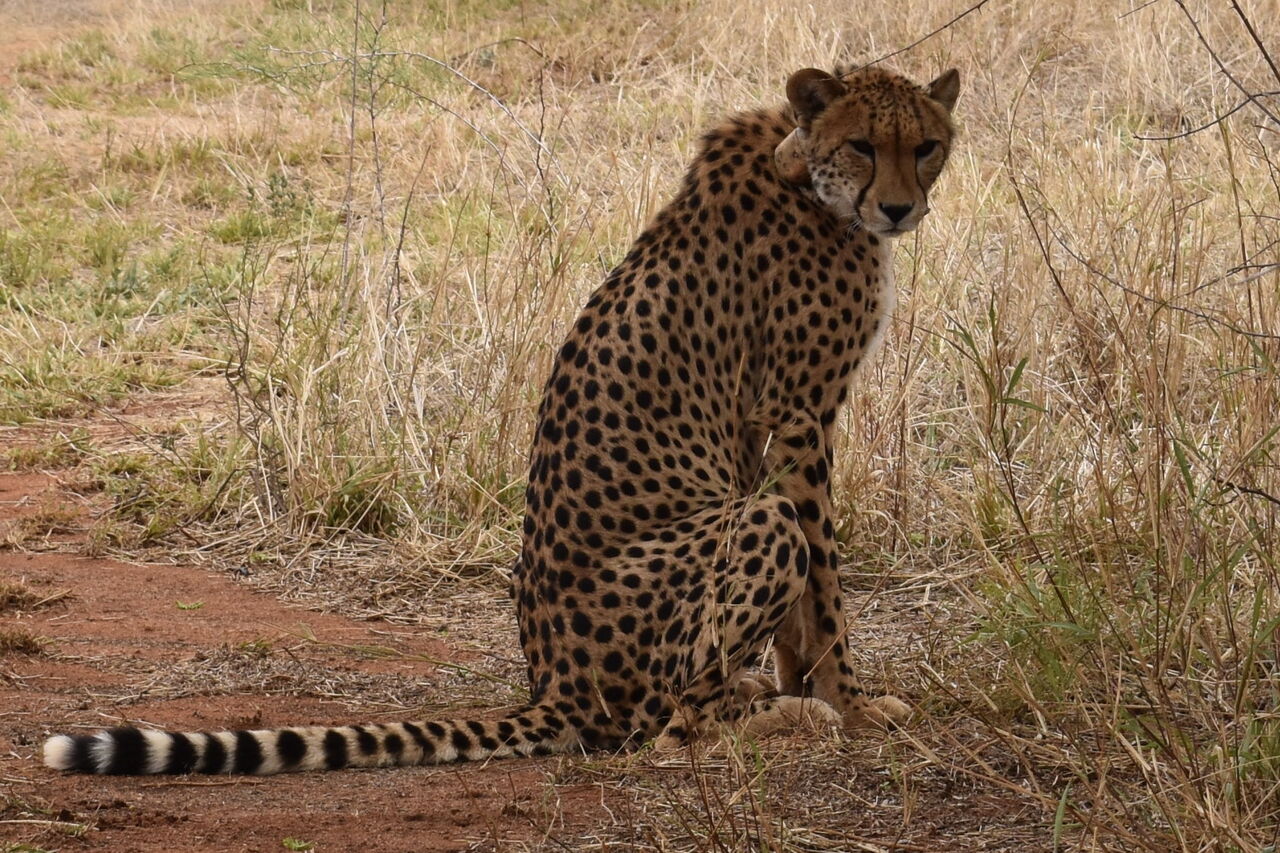
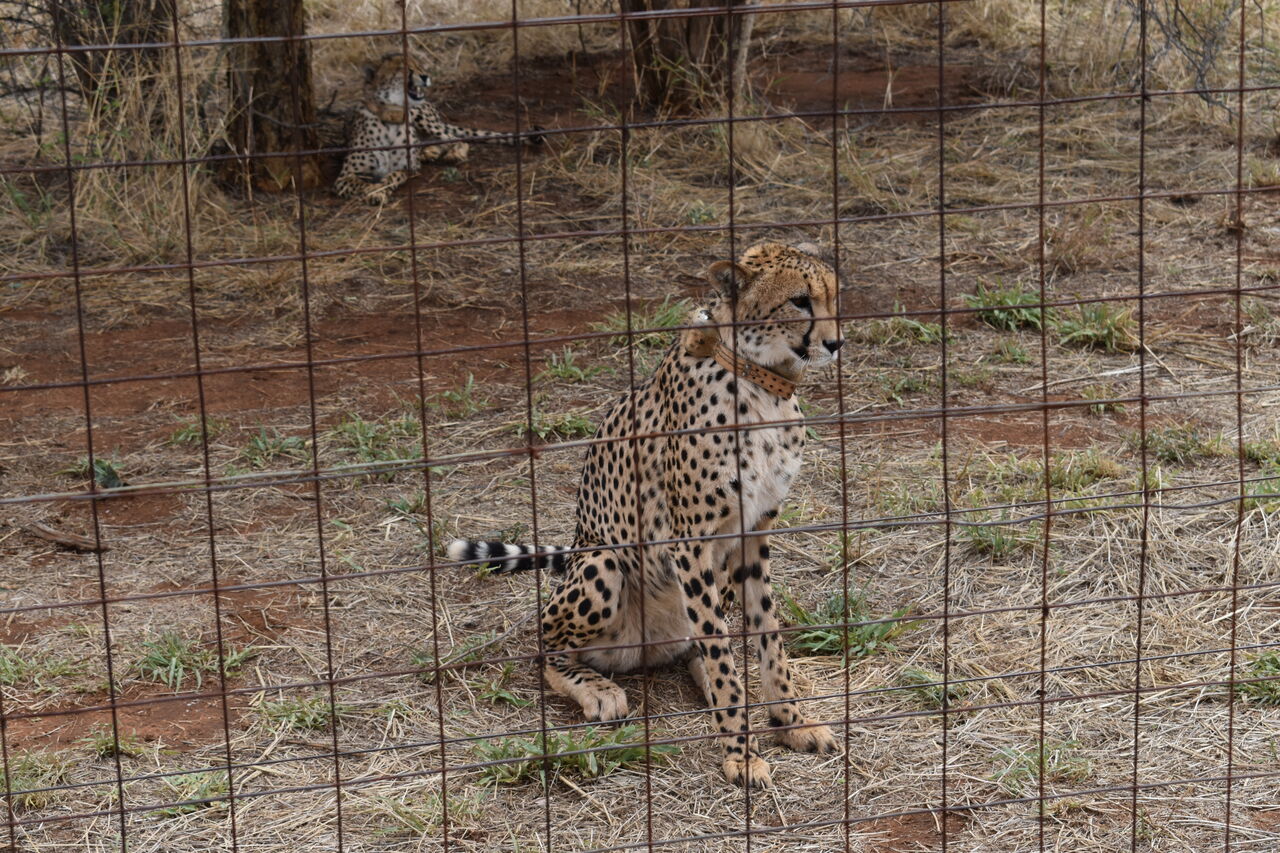
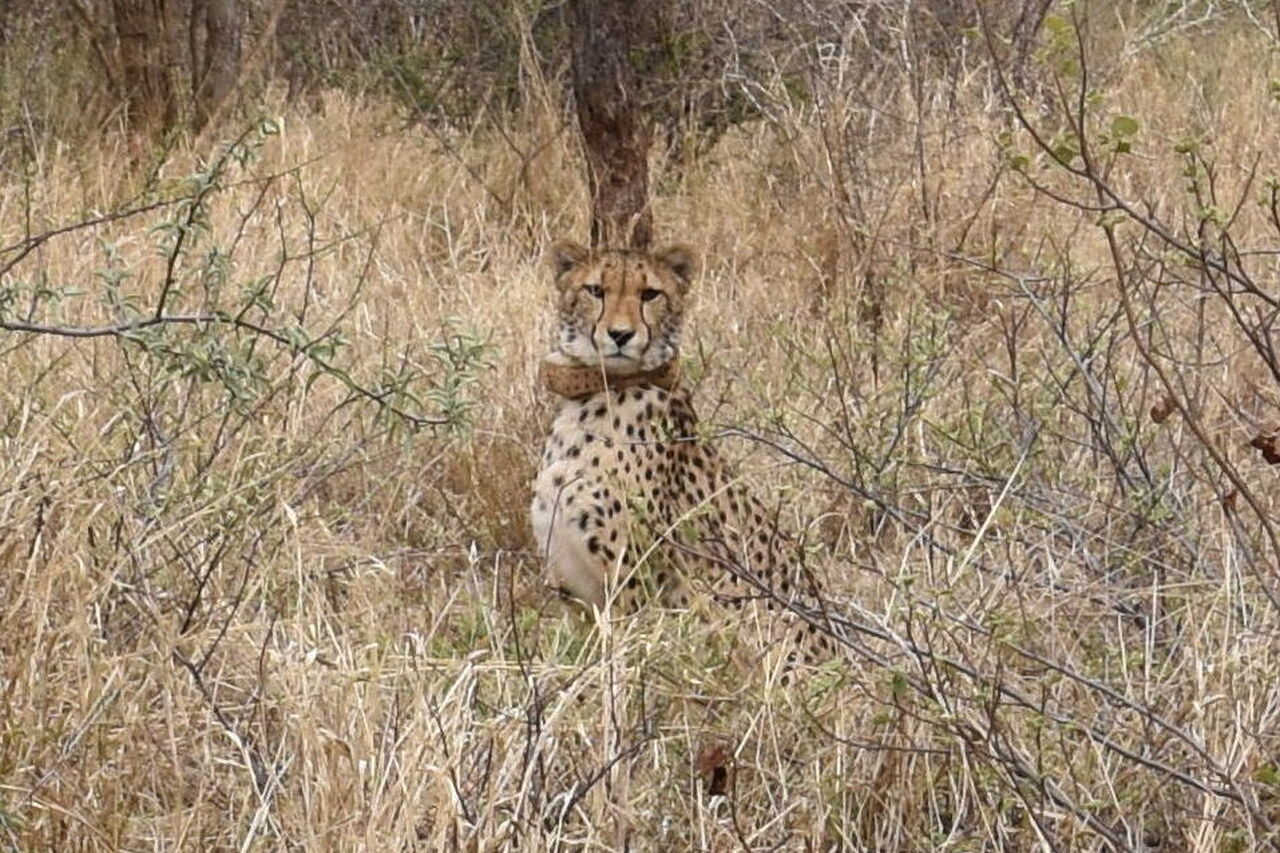
Slowly we approach the fence of the so called "Lion's boma". The quiet place is about 40 minutes away from Rhulani. We are not sure if we'll see the three petite cheetahs, or if those shy wildcats will hide from us.
"Here they are," says our field guide Sean. We see the typical, light brown skins with the black dots from afar. The three animals are right next to the fence. They are not scared at all as our landcruisers approaches. "They are curious animals," says Sean.
It is certainly a positive sign that the animals feel comfortable here. Safari visitors will have a good chance to see those fascinating creatures in the wild at close range.
Sean points out: "However, too much confidence is an aggravating factor for the successful introduction in the reserve." Because lions, leopards, hyenas, wild dogs and other dangers lurk here. The capability of a cheetah to run away is a natural instinct and is vital for survival. "It's important, for example, to leave a prey to a stronger predator than to defend it."
Exactly this complexity is a main focus in this three month preparation phase. On the one hand food is brought to boma, on the other hand contact with people is avoided.
We spend some time at the fence watching the cheetahs licking and resting in the shade. They seem to be good friends. "Females, however, are rather solitary," says Sean. After the release, they will probably break up soon and continue on their own. "This will complicate the monitoring, but -maybe- the likelihood that at least one will successfully settle down and give birth is higher."
We are delighted that this fascinating experiment will soon be entering the next decisive phase. Will these females withstand all dangers in the 75,000 hectare reserve of Madikwe? After a few failed attempts in the last years it should work this time.
Rhulani Safari Lodge is a sponsor of the project and has taken over the cost of the satellite collar and registration for one of the cheetahs. "It is the one in the back over there," says Sean. A curious cat face looks over to us. "She is easy to recognize. She is a little bit darker and taller than the other two. "
Whether the hunting instinct is strong enough will soon become apparent. "The release is planned for the date on which impalas will give birth in the reserve, which will take place around mid-December. The hunt for prey will be a bit easier for the cheetahs then, "says Sean.
We stay here for a while, just watch and enjoy this peaceful moment. We have hope and keep our fingers crossed. Good luck beautiful girls!
See here the report from the day the cheetahs arrived in Madikwe
